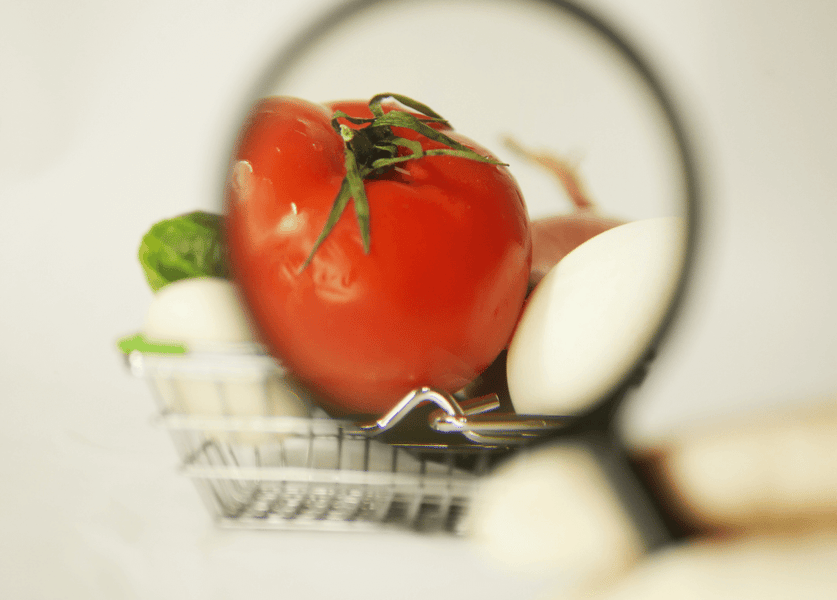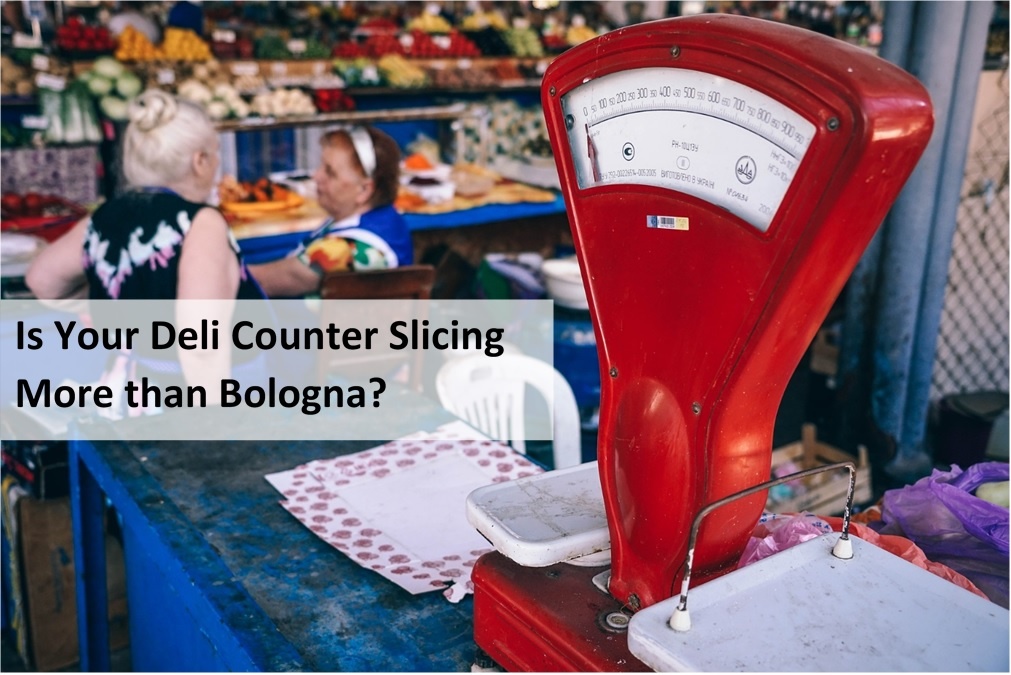Using Market Basket Analysis to Capitalize on Customer Purchasing Behavior
Grocery Keneavy Krenzin
Keneavy Krenzin

What’s in your basket?
That is what retailers want to know. Ever wonder why retailers offer BOGO sales? It’s the same reason why they merchandise the small bag of potato chips in the deli section. And why they ask if you want to buy a related item before you finish your online purchase. Market basket analysis uses transaction data to track customer behavior and use those insights to incentivize them to buy more products, where and when those decisions are being made.
What is Market Basket Analysis?
Market basket analysis uses transaction data to reveal customer purchasing behaviors. It shows what people buy, when they buy it, and how much they purchase. Whether it is at a brick-and-mortar store or an e-commerce site, retailers use market basket information to create better merchandising, pricing, loyalty, promotions, and placement programs that drive higher sales.
This analysis is based on the idea that items bought together in the past will also be purchased together again in the future. For example, at a quick-service restaurant (QSR), if someone buys a sandwich and fries, they are more likely to buy a drink than someone who did not buy a sandwich. Applied more widely, market basket analysis enables retailers and restaurant operators to identify keystone products that differentiate them in the market. Gourmet or specialty items in grocery stores, like rotisserie chickens, might have limited appeal, but the customers they attract, and their subsequent spending could justify high-visibility placement and reduced pricing. Market basket analysis allows you to identify these items that draw customers in, and optimize prices for commonly paired items to make the most profit from those transactions.
When retailers know details about the products customers buy, they can develop innovative marketing and placement programs that drive more sales. Here are several ways that retailers use market basket analysis to influence customer purchasing behavior.
Product placement of complementary items
Product placement is a critical part of any merchandising program. Traditional techniques include placing popular items at eye level on the store shelf or positioning essentials in the back of the store so the customer has to walk past a variety of products. POS data is critical to creating these merchandising plans and influencing purchasing behaviors.
Market basket analysis helps retailers position complementary products together, so they are more likely to be purchased. As shoppers, we frequently buy things together, like salad and dressing, coffee and coffee filters, and shrimp and cocktail sauce. That is why you often see these products placed near each other on the store shelf.
However, some items are not merchandised side-by-side. The “two-aisles apart” merchandising rule encourages shoppers to quickly access complementary products. For instance, after picking up a bag of salty chips, customers are likely to start thinking about beverages, positioning soda and beer two aisles away from the snack aisle.
New products also benefit by placing them near a familiar item that consumers already know how to use. For instance, plant-based foods, including milk, meats, cheeses, and eggs, have grown exponentially. By using data to position these products effectively, 40% of households now use plant-based milk, which is now merchandised in the dairy case next to traditional milk.
Bundling, cross-selling, and upselling for more sales
Retailers bundle items together to increase transaction amounts. Picture the checkout lane, with yellow tags that entice customers with two-for-one candy deals or a BOGO sale on favorite sweets. These deals encourage consumers to spend more by buying more on impulse by presenting the offer at the last second before the purchase is finalized. In restaurants, this can be a dessert case near the register to convince customers to splurge or the famous upsell - “would you like to supersize that?”. Shoe retailers often have an intricate sock, shoelace, or other accessory display near the check-out for the same reason.
Ecommerce sites also know the value of cross-selling and upselling. “Before you leave…” offers customers complimentary products at a discounted price, helping these sites to sell related items. Using analytics, online retailers can target the right additional products, bundling them before checkout. What is the key to increased sales when bundling and cross-selling? It is not the features and benefits, but the savings. Highlighting the consumer's great deal when buying two or more products gives a psychological boost that encourages them to spend more per transaction.
Customer Incentives – the right item for the right customer
Loyalty program data provides retailers with a wealth of value. This data provides the missing link, helping retailers to analyze not only WHAT items were bought but WHO bought them. When used correctly, retailers can personalize offers for their customers most likely to be persuaded, offering discounts and incentives on products these customers are most likely to use or buy again.
Two-thirds of consumers agree that loyalty programs change their spending habits and increase loyalty to the retailer. Amazon Prime is an example of a loyalty program that includes free shipping, Prime Video, and a 10% discount on sales at Whole Foods. Prime members spend four times as much as non-Prime members on average, while companies like Sephora, Starbucks, REI, and Apple all drive more sales while making offers specific to their loyalty customer's tastes.
Similarly, Panera Bread offers a loyalty program where members receive one free bagel per day. Most members will likely add cream cheese or butter to their free bagel, along with other options like coffee or a breakfast sandwich. Those added items, along with the increased likelihood of these loyalty perks inspiring members to make more visits to their local Panera Bread, easily make up for the lost profits associated with the free bagels.
Staying on the page with clickstream analysis
In-store cameras monitor how long customers “linger” near a display. Similarly, for online shoppers, clickstream analysis logs what pages shoppers linger on, what goes in and out of their shopping cart, loyalty programs, coupon codes, payment methods, and final purchases.
Clickstream analysis helps retailers target specific offers to customers or reminds them to re-visit items they took out of their cart. When combined with other analytics, retailers can more effectively target customers with offerings they are more likely to buy, when they’re most likely to buy it. It can also provide a wealth of technical data, including page visits, load times, and visits that help retailers improve their site’s customer experience and operability.
Thinking outside the basket to analyze pricing
Market basket analysis is also used on a broader scale to understand competitors. For example, when Amazon Fresh opened in the northwest Chicago suburbs, the grocery industry wanted to know how the new store would fare against traditional rivals Walmart, Aldi, and Jewel. So the study compared 30 products that Amazon Fresh offered online to understand how the new store would price common grocery items in this competitive market.
The analysis revealed that Amazon Fresh did not position itself as a low-price leader in the Chicago market, even though they initially offered low prices to build market share and incentivize future shopping trips. Instead, they targeted stealing conventional shopping traffic from Walmart and Jewel, positioning their pricing between the two giants.
By tracking 30 everyday grocery items, the study revealed that Amazon’s prices attract conventional grocery customers who like the ease of shopping at their new store but don’t require the extra services provided by fresh service departments like meat and bakery.
Related Articles

Measuring Supermarket Performance: 10 Essential Grocery Operations Metrics
Grocery operations are more complex and include new customer personas, third-party shoppers, and supply chain glitches that c...
Why your Perishable Shrink Plan Isn't Working
Grocers are enjoying the return of shoppers to the store for fresh meat, produce, dairy, and ready-to-eat meals. But how do g...
How Grocery Stores are Boosting Deli Sales with Data Analytics
Remember the days when you’d saunter into the supermarket for some freshly sliced deli meats and cheeses? You’d approach the ...Subscribe to our blog
Receive free educational resources like exclusive reports, webinars, and industry thought leadership articles straight to your inbox.

